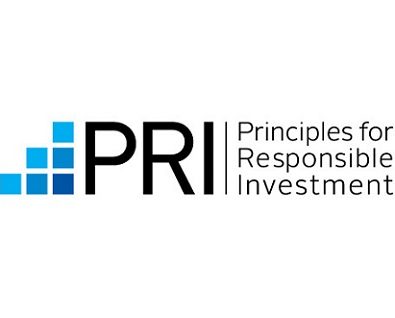Staying on top of the latest investing trends can seem like a learning a new language.
For one thing, there’s an alphabet soup of terms to understand — from alpha to beta to passive investing to socially responsible investing to values-based investing. Even when the individual words make sense, it’s not always clear what they mean.
Yet with $8.7 trillion of professionally managed funds in the U.S. being directed toward socially responsible investing — out of a total of $42 trillion of total professionally managed assets — according to 2016 figures from the Forum For Sustainable And Responsible Investing (US SIF), it’s obviously more than a passing trend.
But what exactly is socially responsible investing and why should you care about it? Equally important, what isn’t it?
{…}
Impact investing isn’t just for nonprofits or state and local governments. Venture capital is on board, too.
Nancy Pfund, Founder and Managing Partner of DBL Partners, pursues a “double-bottom line,” aiming for “top-tier financial returns” while working closely with individual portfolio companies to help them optimize social contribution, climate effects and community engagement.
For her, it’s a matter of putting first things first: “You have to really believe it’s going to be a successful financial investment first and foremost.”
To read the full article, visit Work + Money.











